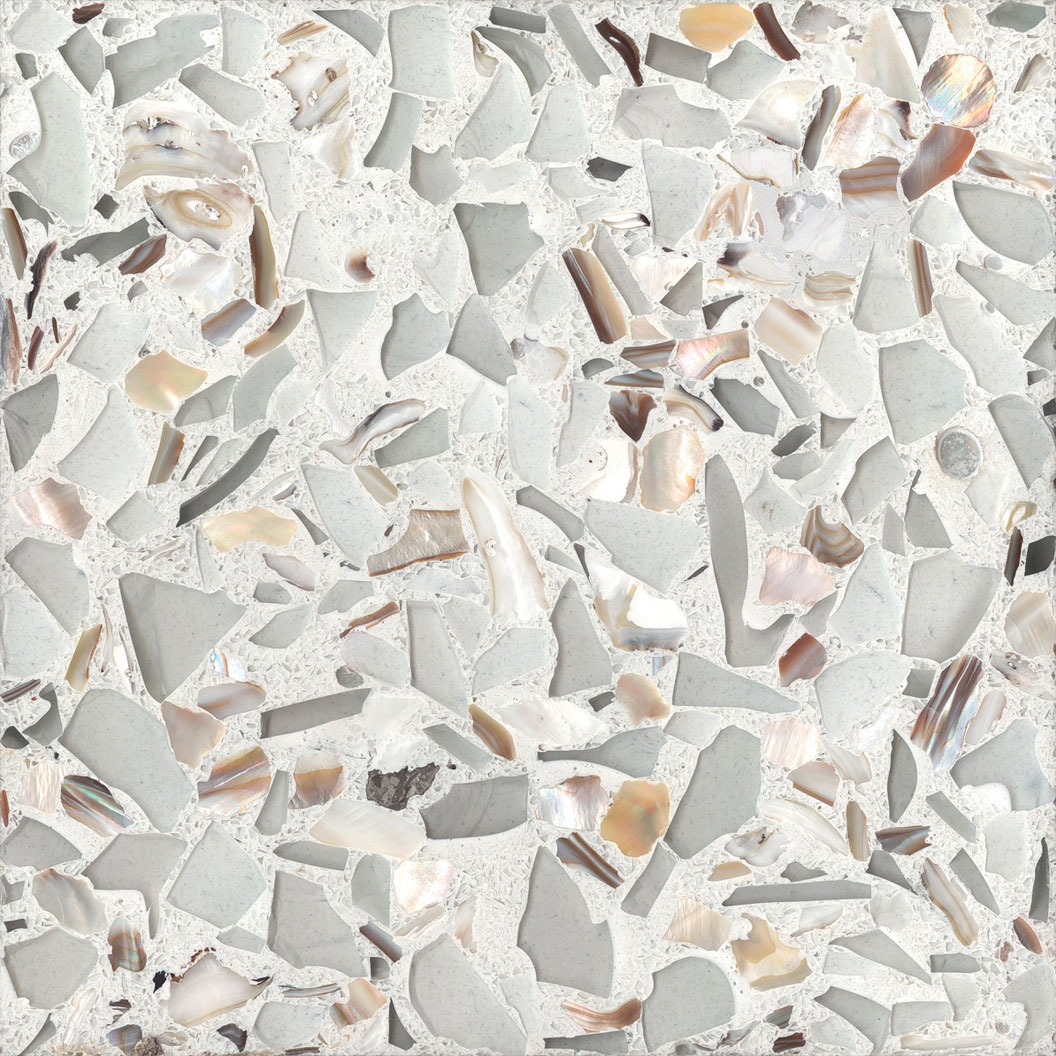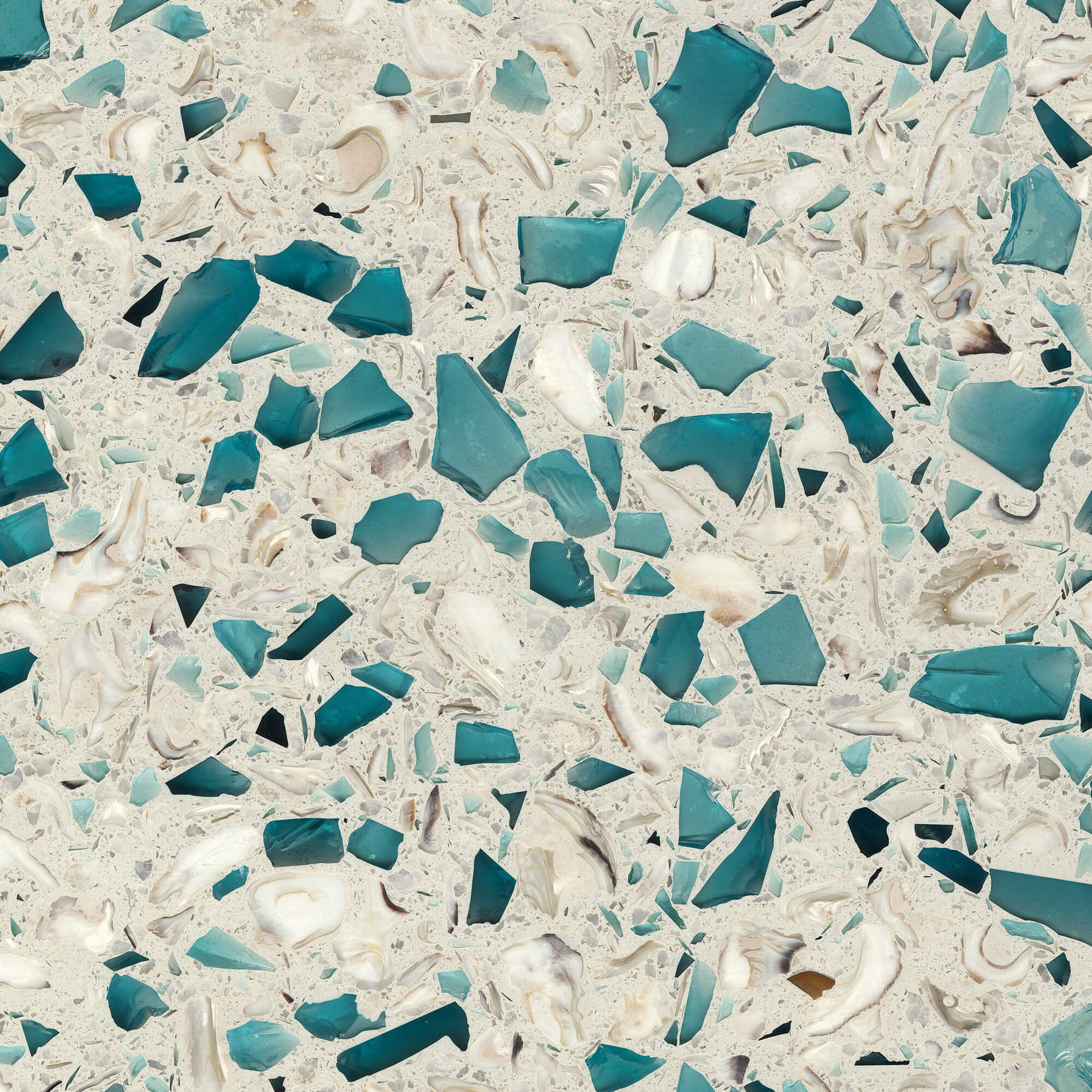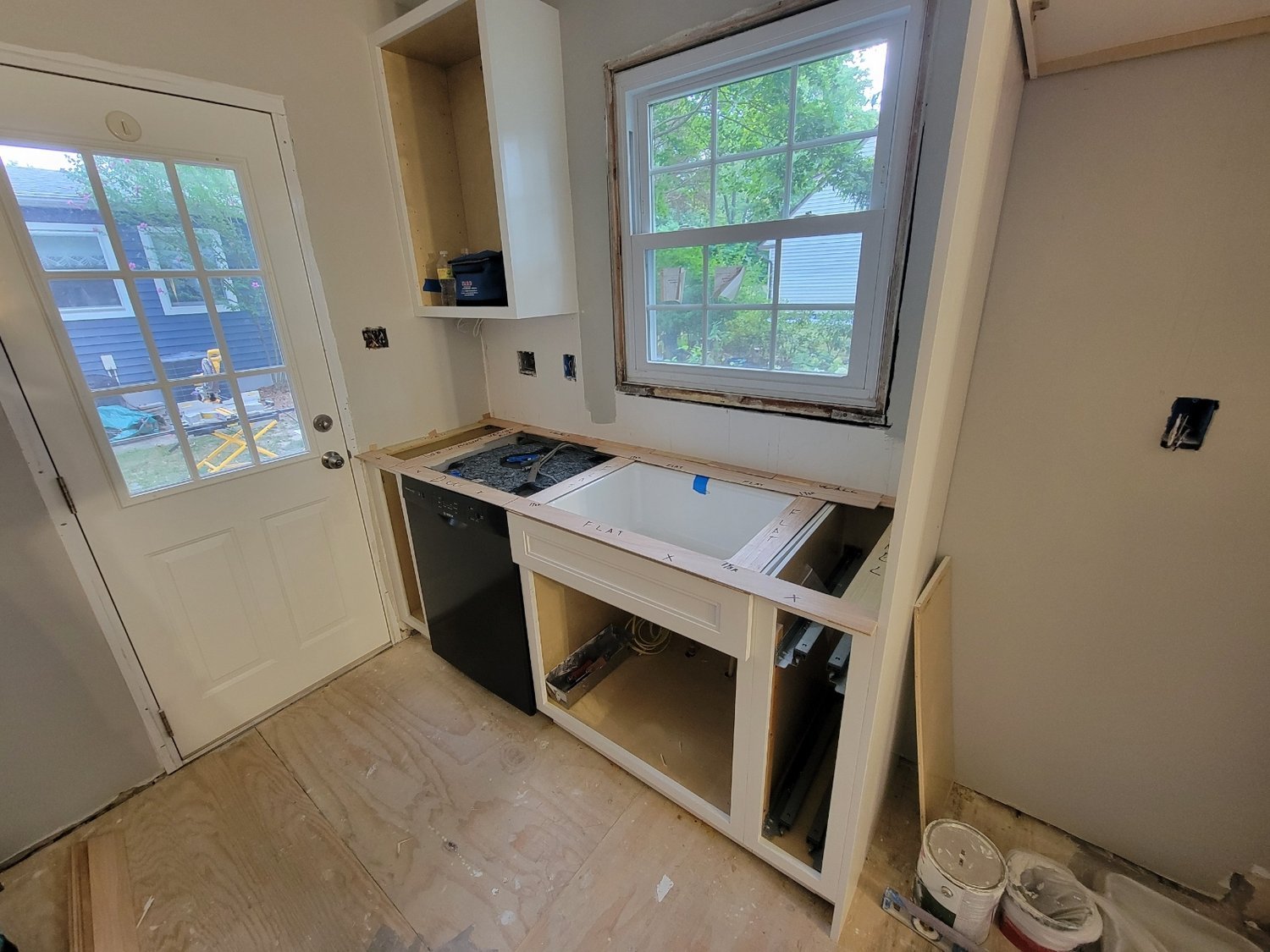5 Countertop Materials...Besides Granite
I'm going to be completely honest here, I think that granite countertops are a bit overrated. I feel that many gravitate towards granite because they feel that's what they should have, not because they necessarily think it's the best countertop material for needs. If you look at the marketing, especially in the 80’s, having granite became a symbol of status—part of the "American Dream." There are so many other fantastic countertop options on the market!
I'm not saying that I will never specify granite, but I definitely look at every project individually and select materials based on the needs and priorities of my client. That being said, as of the date of this post I've not specified granite on an interior design project so far and my clients have been happy with their decisions.
1. Vetrazzo
With both neutral and strikingly colorful options in their product line, Vetrazzo creates countertops using recycled glass. Don't worry you won't find shards of glass sticking out, each one of a kind slab has pieces of glass that are placed by hand into a composite to meticulously ensure a smooth surface. . There are some designs that have other materials introduced such as oyster shells. All of Vetrazzo's slabs are made in the United States (Georgia to be exact) which cuts down on transportation emissions when compared to a granite slab that may be from halfway around the world. Further, the company pulls most of their glass from local recycling programs, reducing their carbon footprint.
2. Paperstone
Yes, you can have countertops made out of paper. No, they won't fall apart as soon as you inevitably spill something on them. Paperstone is warm to the touch (much like soapstone) and is made of 100% post-consumer recycled paper and petroleum-free resins. It's also made in the USA. This product definitely has a visual warmth to it since it has more of a matte finish as opposed to a high-gloss, reflective finish.
3. Quartz
If you want the look of granite, but want something with less maintenance and more environmental sustainability consider quartz. I've been to showrooms to pick out slabs and sometimes literally the salesperson needs to look up the notes on the slab to tell me for sure that the piece is quartz as opposed to marble or granite—the styles out there look that good. Unlike granite, quartz does not need to be periodically sealed because quartz isn't porous. Some types of quartz may also contribute to LEED points because of recycled content and low-emission materials. My clients for the Mid-Century Farmhouse project and Colorful Collingswood used quartz in their own kitchens and it looks fantastic.
4. Wood
If you want to visually warm up your kitchen or have a contrasting material at your island, consider wood. Before you think, "that's too much maintenance..." consider how often homeowners swoon over wood floors (they need maintanence too). Wood countertops offer tons of options from the type of wood (oak, cherry, maple etc.) to the type of cut (edge grain, wide plank or end grain) In addition, wood countertops are made out of a renewable material, they work with many different styles and you can also get them made out of reclaimed wood—something that has some history. You will need to use a cutting board, but honestly you should always be using a cutting board or hot plates with any countertop. Our client from the Sunshine on Sears project used cherry in their kitchen with amazing results.
5. Stainless Steel
Are you looking for an ultra-modern or industrial look? Consider stainless steel for your kitchen countertops. The raw materials do need to be mined, but stainless steel often has a good deal of recycled content and can be recycled when you or the next homeowner decides to remodel. This material is extremely durable and you can bleach the surface as much as you'd like—a few of the reasons why these countertops are so common in restaurant kitchens. In addition, unlike a marble surface, stainless steel is stain and heat resistant.
I encourage you to figure out which countertop works best for you. Also, don't forget about remnants! You can save so much money and so much material from a landfill if you buy a remnant of countertop as opposed to a full slab. This is most appropriate if you have a small kitchen or a contrasting countertop at an island.









